If you’re a recreational vehicle owner, then you know that keeping your vehicle in good condition is important. One of the most important aspects of RV ownership is making sure your roof is in good shape. There are two main types of RV roofs: TPO and EPDM. In this article, we will explain the differences between these two types of roofs, so you can make an informed decision about which one is right for you.
Table of Contents
EPDM roofing systems
EPDM roofing systems have been around for decades, and are a popular choice for many RV owners. EPDM roofs are created with a synthetic rubber, making it a long-lasting roofing solution for both hot and cold climates. If you want a roof that won’t take up much of your time with installation and repairs, EPDM roofs are an ideal option.
The material is made on the basis of a synthetic rubber fabric, which is reinforced with a polymer mesh. Polyester modifiers are added to the base (ethylene propylene dienomonomer) to increase strength.
EPDM roofs do have some drawbacks, however. The most common EPDM roofing material is not as UV resistant as TPO roofs. An EPDM roof is susceptible to discoloration and cracking from extended sun exposure. EPDM roofs can be easily damaged by chemicals and cleaners, so use these products with caution near your RV.
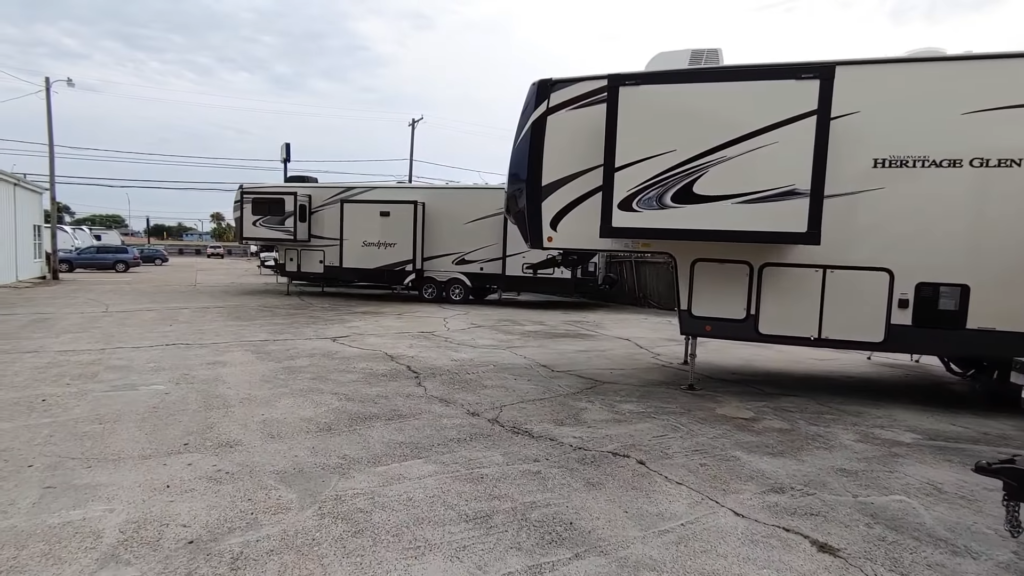
Overall, EPDM roofs are an excellent choice for people who want a roof that is simple to maintain. But, if you live in a hot climate or desire a roof that will last for an extended period without any issues, metal roofs might not be the ideal solution. [1]
Advantages of using EPDM roof
- EPDM roofs are made of a synthetic rubber material, which is durable and can withstand extreme temperatures.
- EPDM roofs are also easy to install and repair.
- EPDM roofs are a good choice for those who want an easy-to-maintain roofing system.
Disadvantages of using EPDM
- One of the biggest disadvantages of EPDM roofs is that they are not as UV resistant as TPO roofs.
- This means that over time, an EPDM roof can become discolored and cracked from exposure to the sun.
- Additionally, EPDM roofs can be damaged by chemicals and cleaners.
What is TPO
TPO roofs are simple to set up and maintain, making them ideal for individuals who don’t want to spend a lot of time caring for their roofs.The membranes are made on the basis of polyolefins that are resistant to thermal effects. Special additives reduce the combustibility of the material, increase the resistance to weathering and its service life. The thickness of the membranes varies between 1.14 mm and 2.0 mm. Chemical resistance is provided by a high content of polypropylene, reinforcement is made of fiberglass canvas or polyester, which gives the material the properties of PVC membranes and EPDM membranes at the same time.
One of the most significant advantages of TPO roofs is that they are resistant to UV radiation. This means that your roof will not become discolored or cracked over time from exposure to the sun. TPO roofs are also more chemical resistant than EPDM ones, so you won’t have to worry about cleaners or chemicals damaging them. [2]
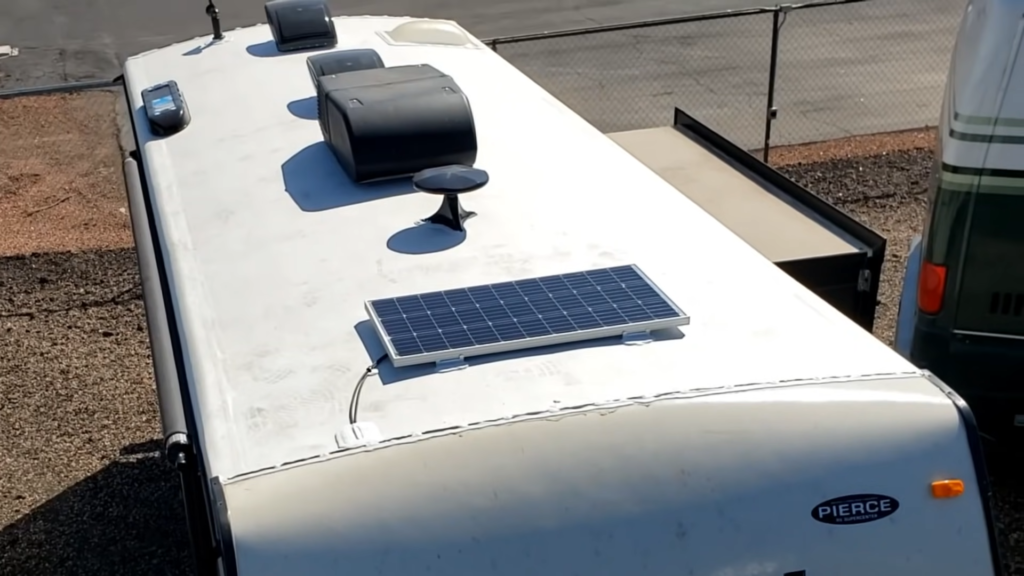
Overall, TPO roofs are a good choice for those who want a durable and long-lasting roof. TPO, on the other hand, is not recommended for those who reside in chilly regions because it can become brittle in extreme cold.
Advantages of using TPO roof
- TPO roofs are made of a synthetic material that is durable and UV resistant.
- TPO roofs are also easy to install and repair.
- One of the biggest advantages of TPO roofs is that they are very UV resistant.
- Additionally, TPO roofs are more chemical resistant than EPDM roofs.
Recently, manufacturers have worked hard to eliminate all the shortcomings of TPO membranes. And they succeeded. Instead of fiberglass reinforcement, they made polyester, which made the material frost-resistant, while maintaining its elasticity at any temperature.
Disadvantages of TPO
- TPO can become brittle in very cold temperatures.
- May not be the best choice for those who live in cold climates.
When choosing a roofing system for your RV, it’s important to consider your climate and your budget. If you live in a warm climate and want a roof that will last for many years without requiring repairs, then TPO may be the right choice for you. If you want to save money or live in a cold climate, then EPDM is the better rubber roofing material for you. Whatever roofing system you select, do your homework to ensure it’s appropriate for you and your RV.
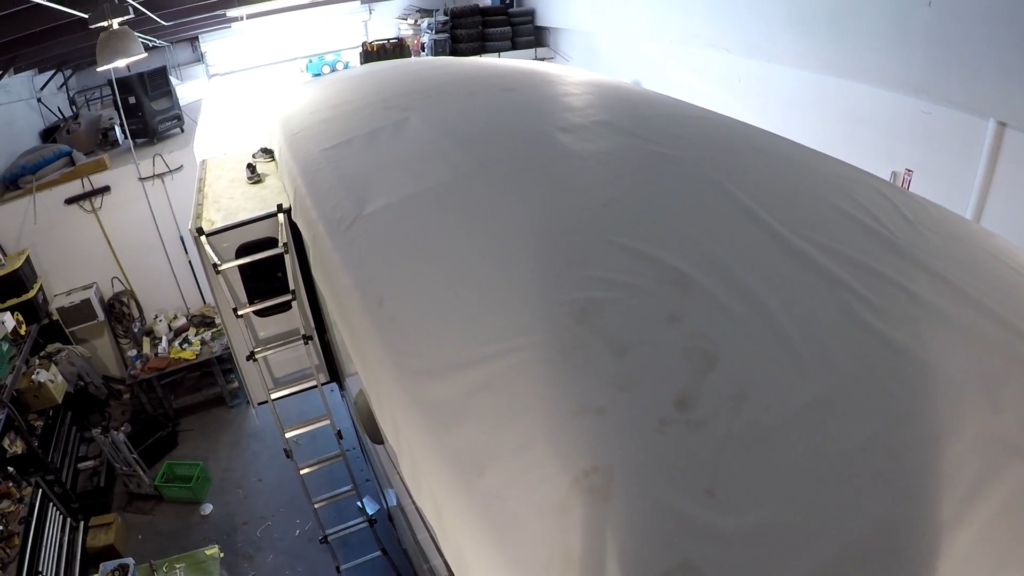
TPO vs EPDM: A comparison
- TPO roofs are made of a synthetic material that is durable and UV resistant while EPDM roofs are made of a synthetic rubber material which is also durable.
- EPDM roofs are easy to install and repair. TPO roofs are also easy to install and repair.
- One of the biggest disadvantages of EPDM roofs is that they are not as UV resistant as TPO roofs. Furthermore, EPDM roofs can’t endure cleaners or chemicals as much as TPO roofing systems.
- EPDM roofing may not be the best choice for those who live in cold climates or who want a roof that will last for many years without requiring repairs while TPO is a good choice for those who want a durable and long-lasting roof.
To conclude, both TPO and EPDM have their own advantages and disadvantages that should be considered when making a decision about what roofing system to install on your RV. It is important to do your research to make sure that the roofing system you choose is the right fit for you and your RV.
Cost
When you’re ready to replace your RV’s roof, there are more than a few options available. Most of the roofs on RVs these days offer plenty of safety and can provide for all sorts or uses; however it is still worthwhile understanding what product would work best with how often we use our vehicle before committing ourselves fully one way or another! That’s why comparing TPO vs EPDM might be worth doing – so take some time examining both sides then make an informed decision based on everything.
When considering which roofing material to use for your RV, it’s important that you take into account the thickness of each membrane as well. Thicker will generally cost more but deliver better performance and longevity so if this is something weighing up against then make sure not only do they have a choice between EPDM or TPO membranes in addition to single ply options available – both offer excellent quality with thick skins being able last longer than thinner ones even when exposed under extreme conditions like those found on an open road trip!
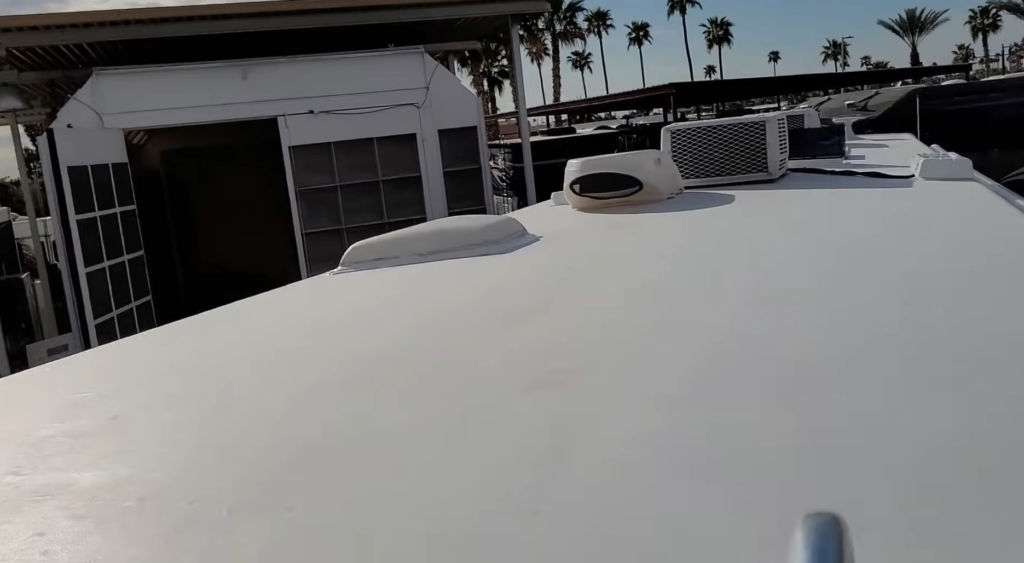
The cost of a TPO roof is slightly higher than the cost of an EPDM roof, but both are relatively affordable options when compared to other types of RV roofs. When making your decision, be sure to consider the climate in which you live and your budget to ensure that you choose the right roofing system for your needs. [3]
Longevity
TPO roofs have a lifespan of about 15 to 20 years while EPDM roofs have a lifespan of about 20 to 30 years. EPDM roofs can last up to 30 years, while TPO roofs have a shorter lifespan of around 15 years.
EPDM roofs are significantly easier to install than TPO roofs. This is due to the fact that EPDM rubber is more flexible and may be put together in one piece. In contrast, TPO roofing material is less flexible and must be welded or joined together for a watertight seal. [4]
Durability
TPO roofs are more durable than EPDM roofs. EPDM roofs can be damaged by chemicals and cleaners while TPO roofing systems are more chemical resistant. TPO roofs are more durable and easier to repair than EPDM roofs. Additionally, TPO is more chemical resistant, making it the better choice for those who want a roof that will last for many years without requiring repairs. However, EPDM may be the better option for those who live in cold climates or are on a tight budget. Whatever roofing system you select, be sure to conduct plenty of research to ensure that it is appropriate for your RV.
Maintenance
EPDM roofs are easy to maintain while TPO roofs may require more maintenance.TPO roofs need to be cleaned and sealed periodically in order to prevent the growth of mold and mildew.EPDM roofs are easier to maintain than TPO roofs because they don’t require as much cleaning and sealing. However, if you live in a cold climate or are on a tight budget, then EPDM may be the better option.
Ease of installation
EPDM is a popular option because it requires little in the way of specialized equipment and can be installed quickly. On top of this, with TPO you need tools like hot air welders which many people don’t have access to, meaning installations will often cost more time involved plus cause problems for those trying them out – not ideal when there’s other work needing attention!
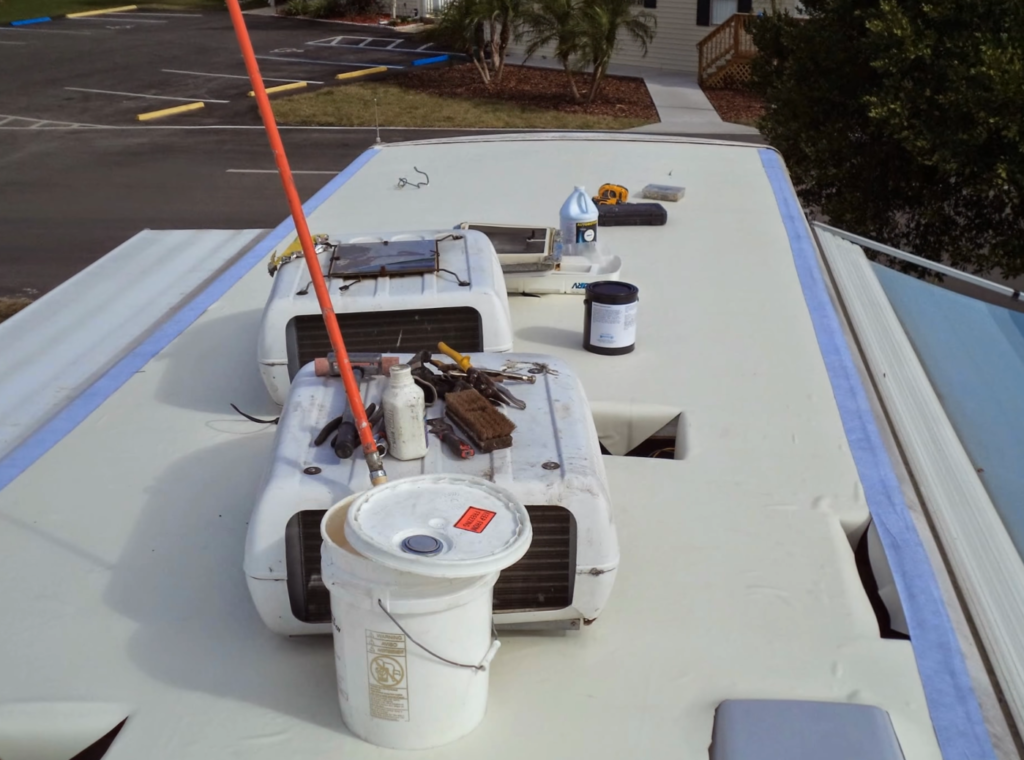
EPDM roofs are easier to install than TPO roofs. This is because EPDM rubber is more flexible and can be installed in a single piece. TPO roofing material, on the other hand, is less flexible and needs to be heat-welded or glued together in order to create a watertight seal. [5]
Energy efficiency
TPO roofs are more energy efficient than EPDM roofs. This is because TPO material reflects heat and UV rays, which helps keep your RV cooler in the summer. TPO roofs are very energy efficient. They reflect heat away from the RV, keeping it cooler in the summer. This can help reduce your air conditioning costs. EPDM roofs are not as energy efficient as TPO roofs. However, they still provide some insulation against heat loss.
Which one is better?
Manufacturers of TPO membrane roofing assure that these materials have many advantages over traditional materials, and at the same time they do not have disadvantages. First of all, TPO membranes have a high degree of UV resistance. They also have advantages such as efficiency, low cost, durability and easy installation. In addition, such a material is quite tight, since it can also be welded by heat welding. This material makes it possible to equip any type of roof,
and environmentalists claim that such material is absolutely safe to use and has a high coefficient of heat reflection.
Since TPO membranes have been used not so long ago, it is quite difficult to identify their shortcomings. But still they are: bromine compounds in the composition of the membranes do not allow sunlight to affect the surface, at the same time, some weather conditions can provoke the aging of the material. Some membranes are written that they have a high degree of resistance to high and low temperatures. But such statements are not always realistic, since at very low temperatures the material loses its elasticity.
Another drawback is the small color palette. The membranes are available in dark and light colors, although for those who want to make their roof the embodiment of their own design talent, you can try covering the membrane with acrylic paints. Here the choice of colors is unlimited.
Therefore there is no clear answer as to which roofing system is better. It depends on your individual needs and preferences. If you live in a warm climate, then TPO may be the better choice for you. If you’re on a tight budget, then EPDM may be the better option. Whichever roofing system you choose, make sure to do your research to ensure that it’s the right fit for you and your RV.
FAQ
Is TPO the same as rubber roof?
No, TPO is not the same as rubber roof. TPO is a single-ply membrane made of thermoplastic polyolefin while rubber roofing is made of ethylene propylene diene monomer (EPDM).
When it comes to RV roofs, there are two main types of materials that are used: Thermoplastic Polyolefin (TPO) and Ethylene Propylene Diene Monomer (EPDM). Both of these materials have their own unique set of benefits and drawbacks, so it’s important to understand the difference between them before making a decision.
How do you maintain a TPO RV roof?
TPO roofs need to be cleaned and sealed periodically in order to prevent the growth of mold and mildew. You can clean your TPO roof with a gentle soap and water solution. Be sure to avoid using harsh chemicals or cleaners, as they can damage the roofing material. Once you’ve cleaned the roof, you’ll need to apply a sealant in order to protect it from the elements. It’s important to keep your RV roof in good condition so that it can protect your RV from the elements. That’s why it’s important to know how to properly maintain your TPO RV roof. With just a little bit of care, you can extend the life of your roof and keep your RV in good condition for years to come. [6]
Can you recoat a TPO roof?
Yes, you can recoat a TPO roof. In fact, it’s recommended that you do so every few years in order to protect the roof from the elements and extend its lifespan. When it’s time to recoat your TPO roof, be sure to use a product that’s specifically designed for TPO roofs. This will ensure that the new coating adheres properly and doesn’t damage the roofing material. With proper care and maintenance, your TPO roof can last for many years. [7]
Can you use EPDM on a TPO roof?
Yes, you can use EPDM on a TPO roof. In fact, it’s often used as a repair material for TPO roofs. However, it’s important to note that EPDM is not as durable as TPO and will need to be replaced more frequently. [8]
Useful Video: Installing a TPO RV Roof….now with Tips and Hints!
Conclusion
So, what’s the bottom line? TPO roofs are less expensive than EPDM roofs and have a shorter lifespan. EPDM roofs are more expensive but have a longer lifespan. If you want your RV roof to last as long as possible, go with an EPDM roof. However, if you don’t mind replacing your roof more often, TPO is a good option that will save you some money in the short term. Whichever type of RV roofing material you choose, be sure to get a quality installation from a reputable company.
References
- https://epdmroofs.org/what-is-epdm/
- https://westroofingsystems.com/tpo-roofing-everything-you-need-to-know/
- https://www.thespruce.com/basic-types-and-cost-of-roofing-materials-1822016
- https://www.firestonebpco.com/us-en/roof-topics/how-long-does-an-epdm-roof-last
- http://www.shingobee.com/About-Us/News/entryid/180/ask-the-expert-selecting-your-roof-today-for-tomorrow-tpo-vs-epdm
- https://watertightroofinginc.com/how-to-maintain-and-clean-tpo-roofs/
- https://shamrockroofer.com/tpo-roofing-options-replace-recover-or-recoat/
- https://www.mulehide.com/News-Events/Blog/can-tpo-be-installed-over-old-epdm

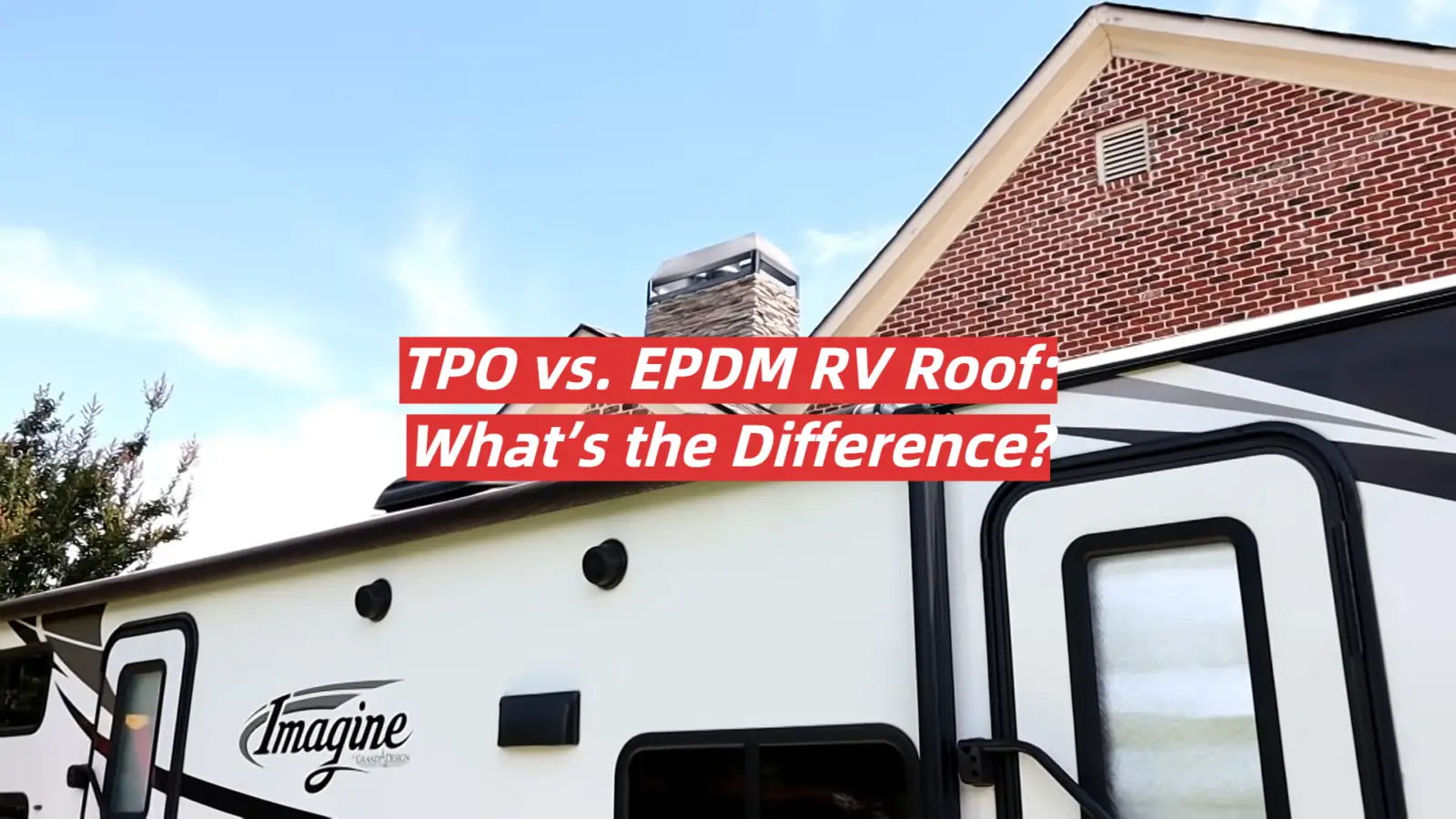
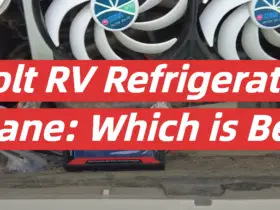
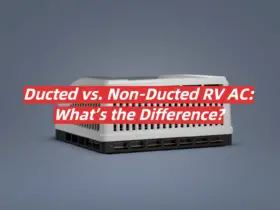
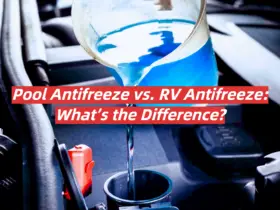
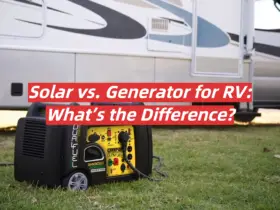
Leave a Reply